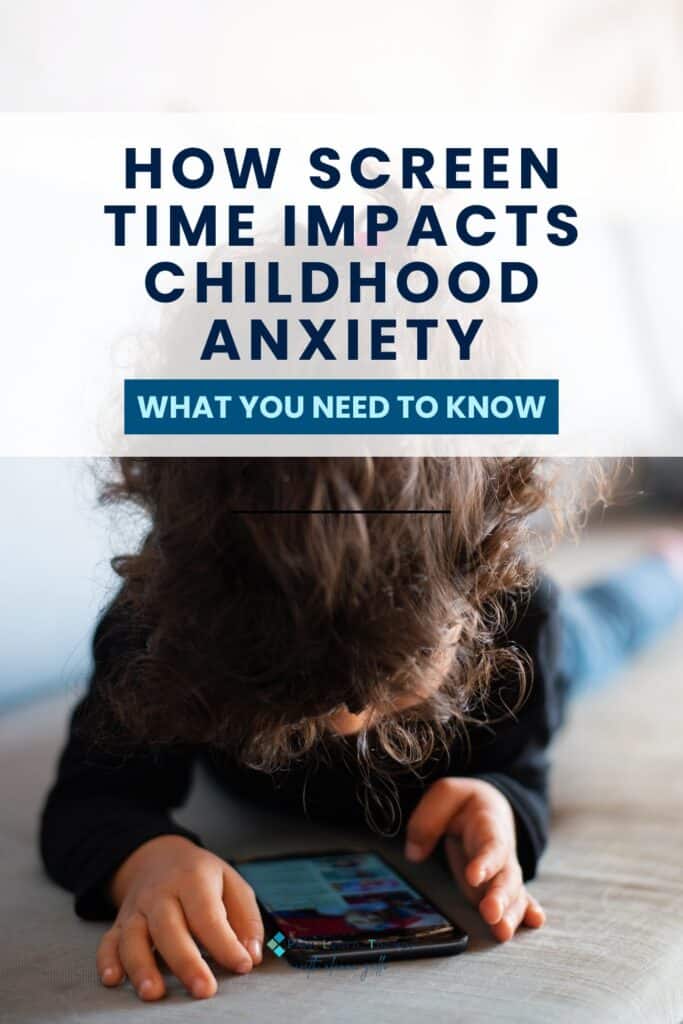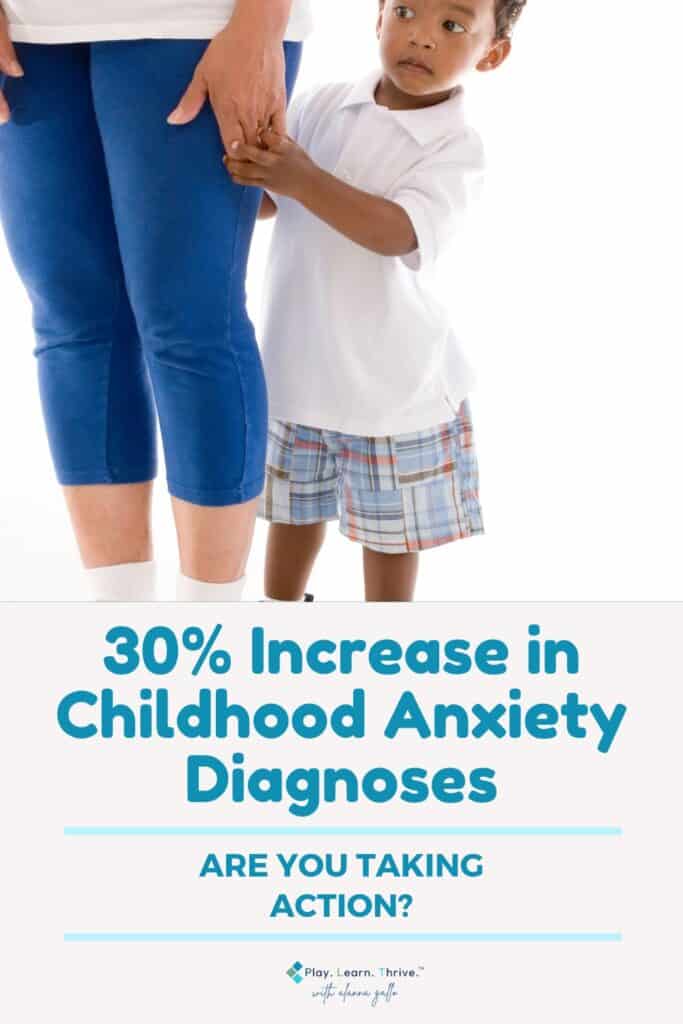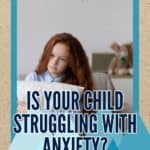The Rise of Childhood Anxiety: Why Kids Are Struggling and How We Can Help
With mental health diagnoses among U.S. children soaring by 30% in recent years, it's clear that childhood anxiety has become a pressing issue. Let's explore the underlying factors contributing to this rise and learn how we, as a community, can offer effective solutions to help our kids thrive.
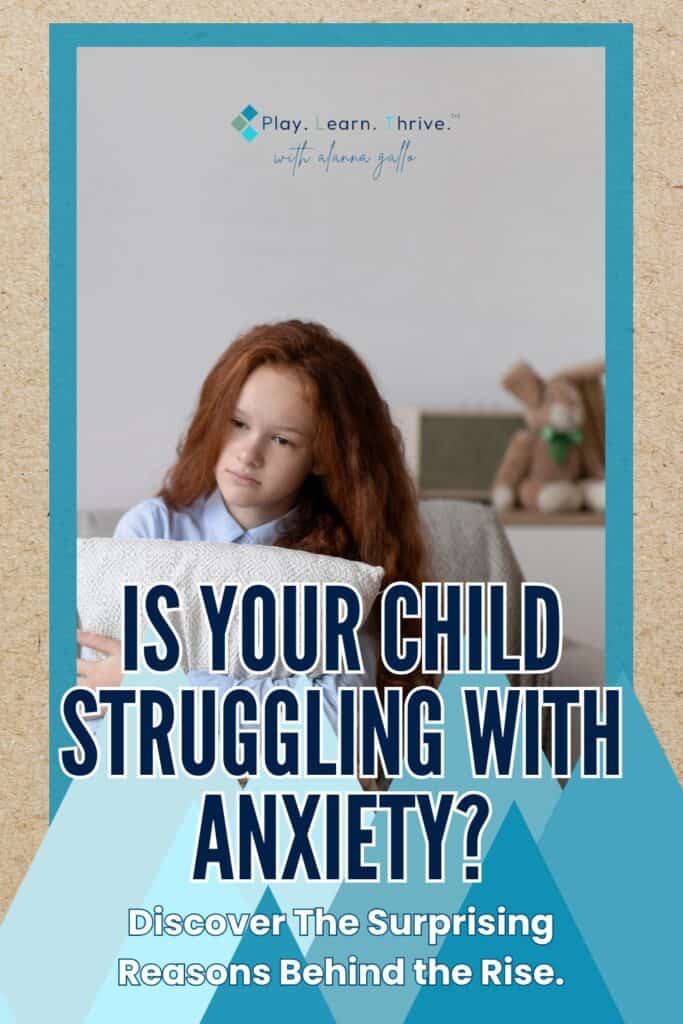
Play. Learn. Thrive.™ only endorses products we authentically love and use. Some of the product links in this post may be affiliate links. That means that if you click them and make a purchase, this site makes a commission. Play. Learn. Thrive.™ is also an Amazon Associate. As an Amazon Associate, we earn from qualifying purchases. It will have no impact on the price you pay or the experience of your purchase.
In a world where childhood anxiety is on the rise, understanding the root causes becomes crucial for empowering our kids. Let's delve into the alarming increase in mental health diagnoses among U.S. children and explore how we can make a difference.
Before we dive in, here’s a little about me so you know you’re getting advice from someone who’s been in the trenches! I’m Alanna Gallo, a former teacher with a master’s in education who saw firsthand how kids were losing confidence, independence, and their natural love of learning. I left the classroom to help parents raise curious, capable, and screen-conscious kids in a world that doesn’t make it easy. My work has been featured in major media outlets, and I’m here to give you real, research-backed advice—without the guilt trips or unrealistic expectations.

A Troubling Trend
Did you know that between 2011 and 2017, mental health diagnoses among U.S. children increased by 30%?
This staggering statistic is more than just numbers—it reflects a growing crisis. According to the CDC, 1 in 5 children now struggles with a mental, emotional, or behavioral disorder. Parents, educators, and child development experts are sounding the alarm, yet mainstream solutions—therapy, medication, and school interventions—don’t address the deeper systemic issues driving this crisis.
So, what’s really behind the rise in childhood anxiety and depression?
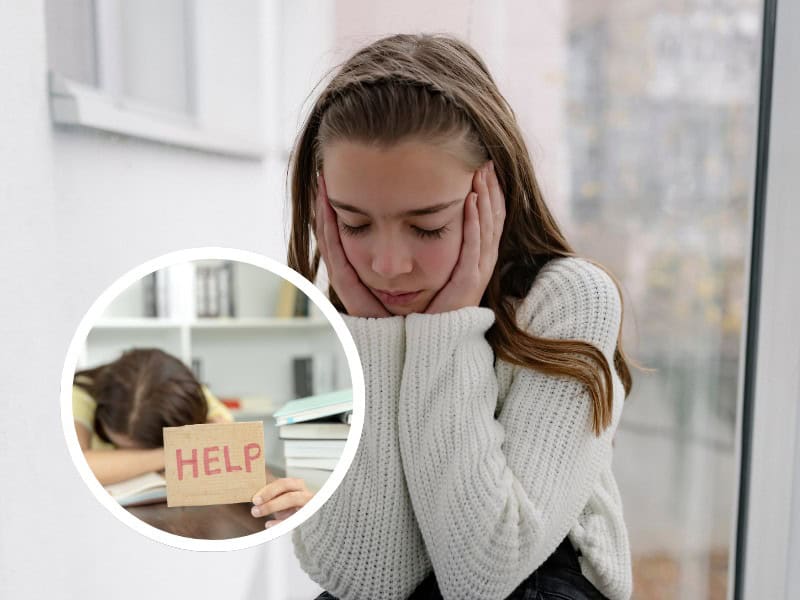
Dr. Jonathan Haidt’s latest book, The Anxious Generation, dives deep into how the rapid shift in childhood experiences—from outdoor play and independence to screen-based, adult-controlled environments—has fundamentally altered children's well-being. His research confirms what many parents instinctively feel: childhood has changed, and not for the better.
What’s Happening to Our Kids?
Children today are more anxious, depressed, and socially fragile than previous generations. But why? Haidt, alongside researchers like Dr. Peter Gray, connects this decline in mental health to two key factors:
1. The Loss of Play and Independence
Unstructured, free play is not just fun—it’s a biological necessity. It’s where children learn to take risks, solve problems, develop social resilience, and build confidence. When kids play freely, they:
- Navigate challenges without adult intervention.
- Learn social problem-solving (e.g., negotiating rules, resolving conflicts).
- Develop a sense of personal control over their world.
Yet, compared to a few decades ago, childhood has become highly structured, supervised, and adult-directed. Recess has shrunk. Free neighborhood play has nearly disappeared. Afterschool time is filled with structured activities or passive screen use.
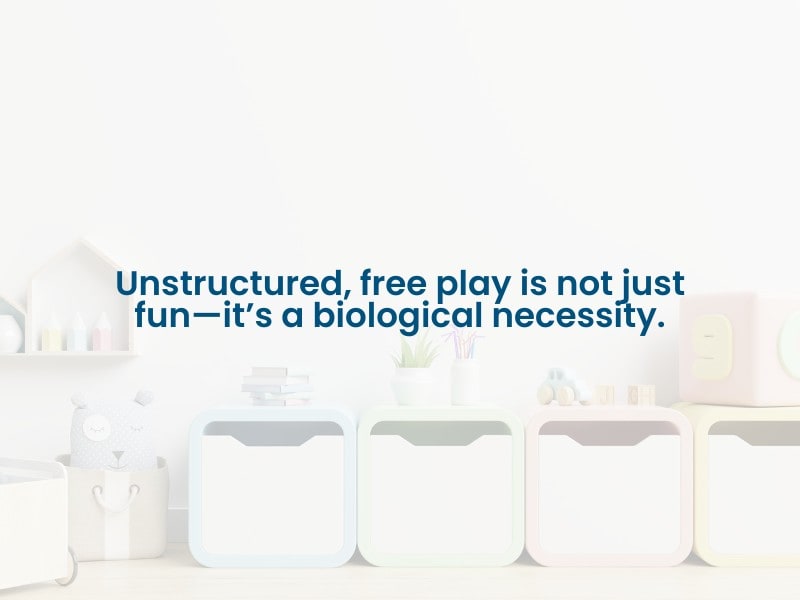
Dr. Gray’s research finds that the decline in free play directly correlates with the rise of anxiety and depression in children. Simply put: when kids lose agency over their own lives, they lose resilience—and anxiety takes its place.
2. The Overuse of Screens and Social Media
Haidt’s research on Gen Z and younger kids shows that excessive screen time, especially social media, rewires the brain for anxiety. Kids today spend more time interacting with screens than with people. Unlike the TV-watching generations of the past, today's digital engagement is immersive, addictive, and algorithm-driven.
The result?
- Social deprivation: Instead of real-world friendships built through play and face-to-face interactions, kids are engaging in online relationships that are shallow, performative, and filled with social comparison.
- Delayed emotional resilience: When real-life conflicts arise, children struggle because they haven’t built the problem-solving skills that come from navigating real social dynamics.
- Dopamine-driven habits: Social media platforms are engineered to keep kids scrolling, triggering anxiety when they’re offline and decreasing attention spans.
According to Haidt, the rise of smartphone-based childhood coincides almost exactly with the spike in youth mental health disorders. Kids who spend more time on screens and less time in self-directed play are more anxious, more depressed, and more socially fragile.
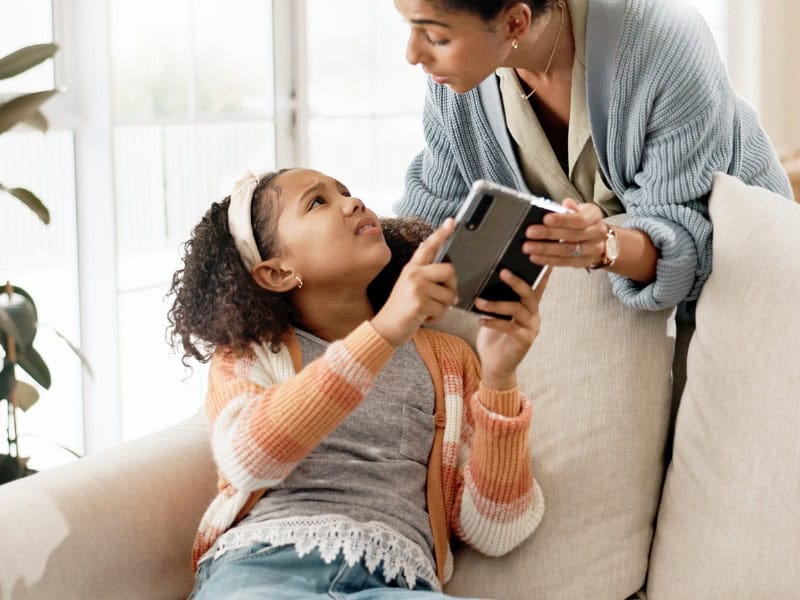
How Can We Reverse This Trend?
While the data is alarming, we have the power to course correct.
The solution is not more therapy, stricter school interventions, or increased medication (though these may help in certain cases). The root of the issue is the way we are raising kids.
1. Reintroduce Free Play and Independence
Children need time to roam, explore, and create their own rules. Play isn't optional—it’s how they develop resilience and confidence.
- Give your child more unsupervised play: Let them play outside, climb trees, build forts, and make their own rules. If safety concerns are a factor, start small—allow them to play at the park while you observe from a distance.
- Encourage risk-taking: Let your child try things that challenge them physically and mentally—without stepping in too soon.
- Loosen the reins on structured activities: Not every afternoon needs to be filled with classes, sports, or enrichment programs. Kids need downtime to create and explore on their own.
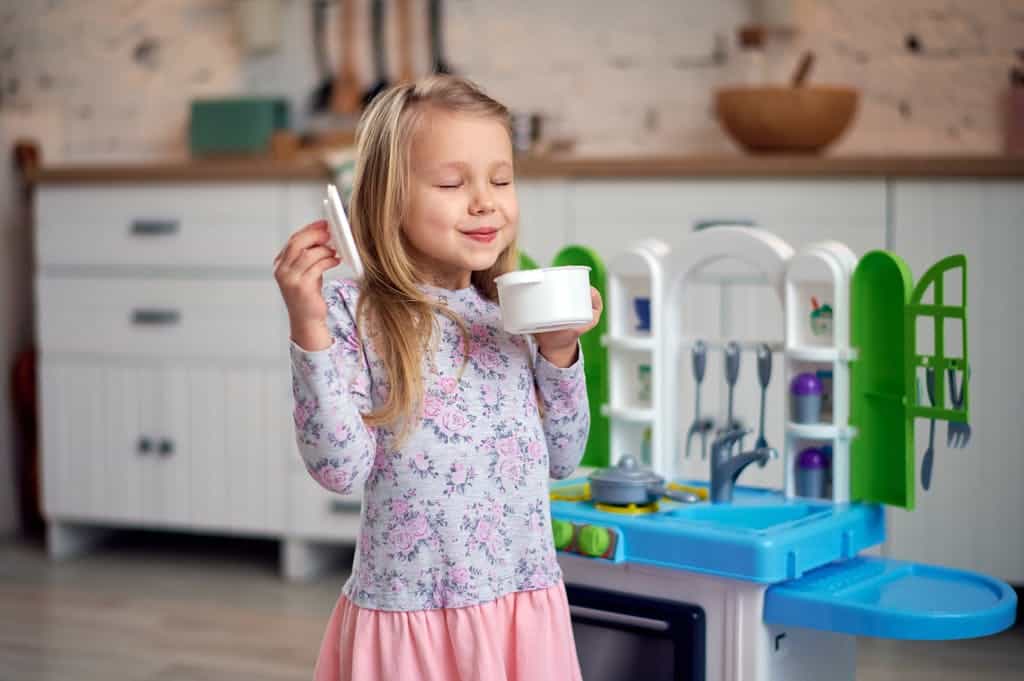
50 Simple Screen-Free Learning Activities for Curious Kids
These 50 hands-on activities help children develop problem-solving skills, creativity, and real-world knowledge—without needing a screen. Designed to encourage self-directed play, hands-on discovery, and deep learning, this guide gives you a simple way to turn everyday moments into powerful learning opportunities.
2. Set Strong Screen Boundaries
If you’re reading this, you already know that not all screen time is equal. The key is to reduce passive, dopamine-driven use and replace it with real-world activities.
- Delay or minimize social media use: Haidt’s research strongly suggests keeping kids off social media until at least age 16—if not longer.
- Limit recreational screen time: Instead of banning screens completely, replace them with engaging alternatives (outdoor play, hands-on activities, independent hobbies).
- Model healthy tech habits: If we want our kids to reduce screen use, we have to lead by example. That means putting our own phones down, engaging in face-to-face conversations, and prioritizing real-world interactions.
3. Shift the Focus from Productivity to Well-Being
We’ve unintentionally built a culture where kids are constantly judged, graded, and assessed—whether it’s in school, activities, or social media. Kids need time to simply be kids, without pressure to perform.
- Reduce overscheduling: Instead of filling every moment with structured activities, create space for boredom and exploration.
- Let go of achievement pressure: Kids do not need to be in five extracurriculars to be successful. What they need is a childhood filled with play, curiosity, and meaningful relationships.
- Teach emotional resilience through real-life experiences: Kids develop coping skills by facing and overcoming real challenges—not by being protected from every difficulty.
We Can Change the Future of Childhood
The mental health crisis in kids isn’t an unsolvable mystery. The decline in mental well-being perfectly aligns with the decline of play and the rise of digital childhood. If we want to raise happy, confident, and emotionally resilient kids, we need to bring back real play, limit harmful screen use, and empower children with independence.
The good news? These solutions don’t require new policies or expensive interventions. They require us—as parents, educators, and communities—to prioritize play, independence, and real-world experiences over digital distraction and overprotection.
Do you feel like childhood today isn’t what it used to be?

Childhood today feels busier, louder, and more overwhelming than ever—but it doesn’t have to be. Reclaim Childhood is your roadmap to simplifying childhood, reducing screen time, and fostering creativity, independence, and confidence in your kids.
✨ Ditch the screens.
✨ Declutter the chaos.
✨ Prioritize play, connection, and lifelong skills.
In just a few simple steps, you can create a home where your child plays for hours without a screen, thrives in an intentional space, and grows into a resilient, self-sufficient adult.
Here is your step-by-step guide to raising children who don’t just survive, but thrive.
Childhood doesn’t need to be filled with anxiety. We have the power to give kids back what they need most: freedom, play, and human connection.
Inspired by this post? Be sure to subscribe download my free Screen-Free Starter Kit! For more insights and resources on raising confident, lifelong learners, be sure to follow me on Instagram – can't wait for you to join me!


